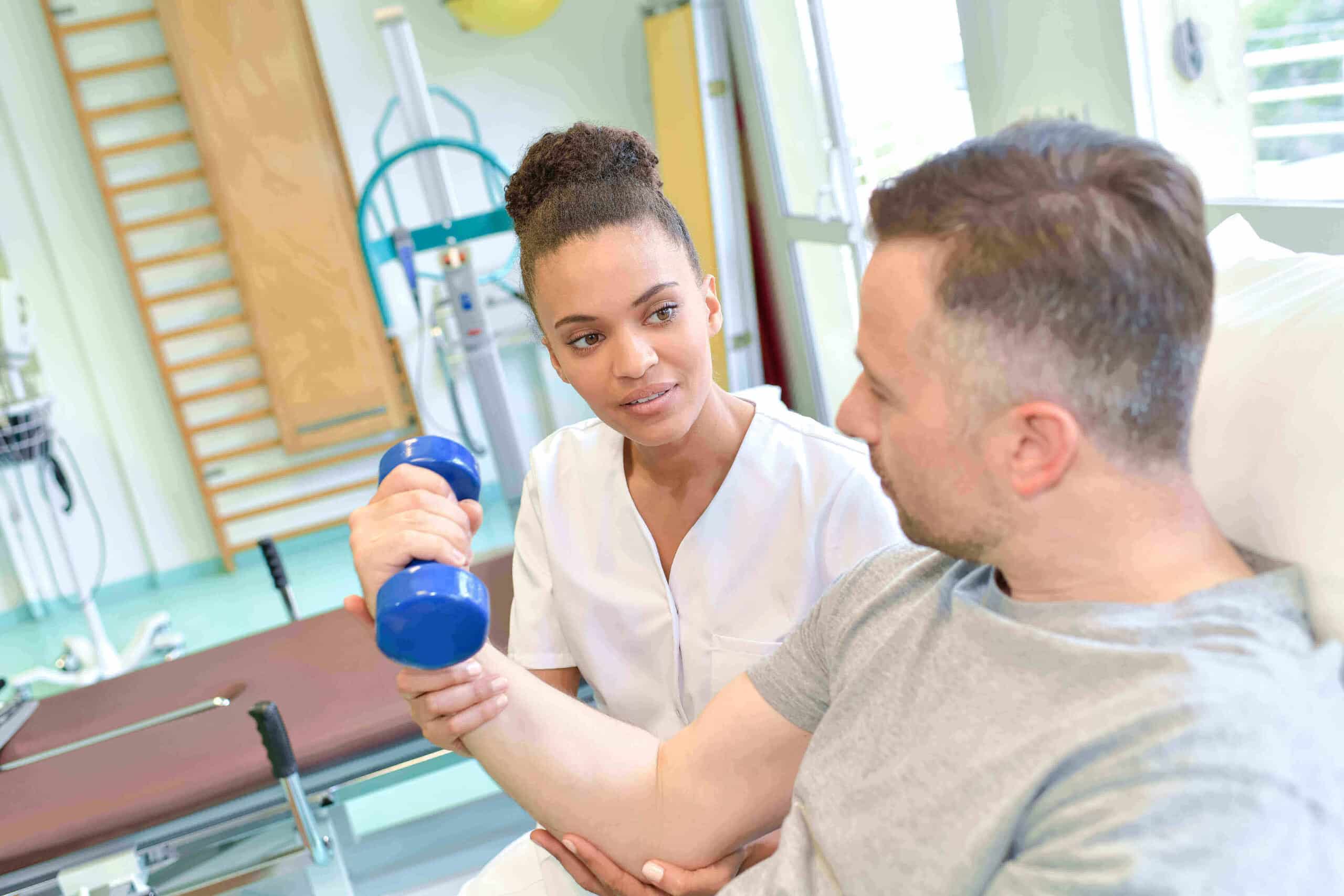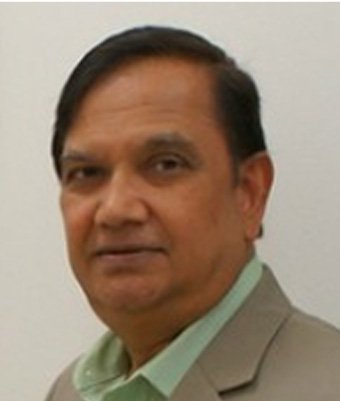Medically Reviewed by Dr. Mohammed Saeed, MD.
What is Chronic Pain?
According to the American Chronic Pain Association (ACPA), chronic pain is “pain that continues beyond the expected period of healing,” which is different from acute pain that is typically associated with an injury or illness. Chronic pain may have no apparent cause or may linger from an earlier injury or event. Regardless, the ACPA acknowledges “chronic pain is real.”
Psychologist Dr. Thomas Rutledge writes in Psychology Today that chronic pain is not imaginary, or “in your head.” Rutledge discusses Gate Control Theory, a “scientific theory of pain” established in the mid-20th century. This theory “describes mental and physical pain as indivisible.”
Millions suffer from chronic pain. Psychology Today reports that thirty million Americans have a chronic pain condition. The pain may be experienced as dull, throbbing, or sharp. Sufferers may also report having fatigue, lack of energy, poor sleep, and mood swings. In addition to emotions and memories, stress can make the pain worse. Over time, depression and anxiety can also aggravate the pain, leading to co-occurring diseases, including depression, anxiety, sleep-wake disorders, migraines, PTSD, and addiction.
Options to Treat Chronic Pain
Treatment for chronic pain is often associated with using opioids. When prescribed and used responsibly, opioids are an effective treatment for most pain, although they are less effective with nerve pain. Some forms, such as morphine and oxycodone, are sustained-release drugs so are most often prescribed to relieve pain for extended periods, allowing a longer night’s sleep or extended work time during the day.
Opioids, though, are only one option to relieve chronic pain. The American Society of Regional Anesthesia and Pain Medicine identifies five broad classifications of pain medication: nonsteroidal anti-inflammatory drugs and acetaminophen; antidepressants; anticonvulsants (anti-seizure) medicine; muscle relaxants; and opioids. Treatments without using medications include prescribed exercise, acupuncture, massage, diet, injections, transcutaneous electro-nerve stimulation (TENS), psychological and behavioral treatments, and interdisciplinary pain management programs.
Remember: we are not medical professionals and this is not medical advice. Consult with your doctor before making any decisions regarding treating chronic pain.
Chronic Pain Medications Other than Opioids
Taking aspirin or acetaminophen for muscle pain or headaches is widely accepted. Other medications are also common when seeking to alleviate chronic pain, but the type of medicine depends on the type of pain. Nerve pain and muscle pain present different signs and symptoms in the body, requiring different relief medications.
All medications, even over the counter drugs (OTC) like acetaminophen or ibuprofen, have potential side effects. Side effects vary by drug and by dosage and can include weight gain, drowsiness, impaired thinking, swelling, changes in blood pressure, and heart arrhythmias. Additionally, many medications are harmful when combined with other drugs, alcohol, or even natural herbs and supplements. For instance, the ACPA Resource Guide states grapefruit and benzodiazepine (commonly Librium and Valium) are a dangerous combination. It is important to consult a medical professional when treating pain.
Common non-opioid medications for chronic pain include:
- Nonsteroidal anti-inflammatory drugs (NSAID) including ibuprofen, naproxen, and aspirin
- Antidepressants
- Anticonvulsants
Non-Medication Chronic Pain Treatment Options
Prescribed Exercise
Inactivity can increase pain. Depending on the type of chronic pain experienced, a health professional can prescribe guided exercise to keep muscles toned and joints flexible. Physical therapy is provided by a licensed professional. Other forms of exercise that can help relieve pain and increase overall health are yoga, Pilates, walking, swimming, and bicycling. Individuals should always be careful when selecting exercises and consult with a medical professional before starting any exercise routine.
Acupuncture
Acupuncture is one of the most well-known treatments of traditional Chinese medicine. During an acupuncture session, a trained doctor inserts thin needles into specific points of the skin. While more research is required to support acupuncture’s efficacy for a variety of ailments, the National Center for Complementary and Integrative Health lists acupuncture as a viable option for treating chronic pain of the neck, low back, knee, and osteoarthritis. Many of the studies mentioned state that “actual acupuncture was more helpful than either no acupuncture or simulated acupuncture.”
Massage
A variety of massage techniques can help alleviate chronic pain of the muscles and joints. When considering massage or any bodywork for pain relief, discuss all your symptoms with a licensed professional. Deep tissue massage is not appropriate for many types of pain. Often, a lighter touch therapy, such as lymphatic drainage or craniosacral therapy, is more effective. Myofascial massage is an effective technique to break up adhesions and scar tissue without excessive pressure, which can aggravate pain.
Diet
In some cultures, food, including herbs and spices, is considered medicine. Research and studies of the effectiveness of certain foods, including herbs and spices, for pain relief have been encouraging. However, additional data from larger, randomized studies are required for more conclusive findings.
Currently, some early studies suggest that curcumin, found in turmeric, has anti-inflammatory qualities. Other foods, such as gluten or plants from the nightshade family (potatoes, tomatoes, eggplants), have been inconclusively associated with causing inflammation. While some claim nightshades can aggravate arthritis pain, others claim these vegetables help reduce inflammation associated with irritable bowel syndrome. Just as with medications, talk to your health care professional about diet and recent research regarding the medical benefits of food.
Transcutaneous Electro-Nerve Stimulation (TENS)
Transcutaneous electro-nerve stimulation therapy applies small electrodes to the skin to transmit electrical pulses. For decades, doctors have believed that by stimulating the skin, the nerve’s pain receptors will direct the stimulation of the electrical pulses, which interrupt the transmission of the chronic pain signals. There are mixed reviews about the effectiveness of TENS.
Psychological and Behavioral Treatments
The physical aspects of pain intertwine with the mind and emotions. To fully address chronic pain, psychological treatments should complement any physical and medication. One of the most popular approaches is Cognitive Behavioral Therapy for Pain (Pain-CBT), which has a long-standing reputation for success with depression, anxiety, eating disorders, addiction, and other illnesses. CBT, not just Pain-CBT, helps clients create new thought patterns to lower stress, calm the nervous system, reduce pain, and make better health and life choices.
Another popular approach is Acceptance and Commitment Therapy (ACT), which is similar to CBT but adds educational components for pain management, relaxation skills, and meditation. Other psychological and behavioral modalities include Fear Avoidance Therapy, stress-reducing interventions, art and music therapy, biofeedback, and clinical hypnotherapy.
Managing Addiction and Chronic Pain
For individuals suffering from chronic pain, the risk of addiction is often high. People in chronic pain may turn to opioid-based pain medications, alcohol, and other drugs to mask, dull, or eliminate pain throughout their day, or to help them sleep or momentarily forget pain. Unfortunately, these habits can quickly become unmanageable and progress into substance abuse.
Luckily, addiction treatment providers are becoming more sophisticated about dealing with clients suffering from co-occurring medical challenges, including addiction and chronic pain. Treatment providers often collaborate with a client’s primary medical team to understand their current medical treatment regimen while developing personalized addiction recovery programs to return them to sobriety.
Treating chronic pain holistically and with a diverse team of professionals provides individuals with the most reliable foundation for finding relief. Whether an individual is seeking alternatives to opioid pain medication or working to reduce an addiction developed due to pain, a combined approach can call upon integrated therapies and treatments for long-term stability.




